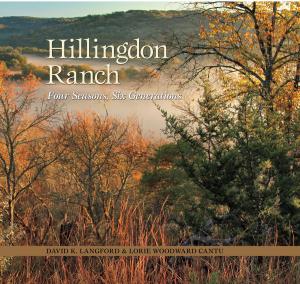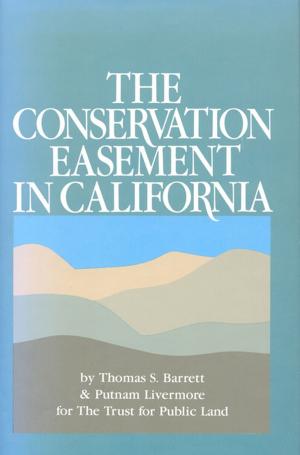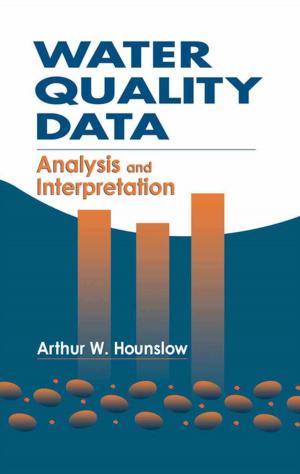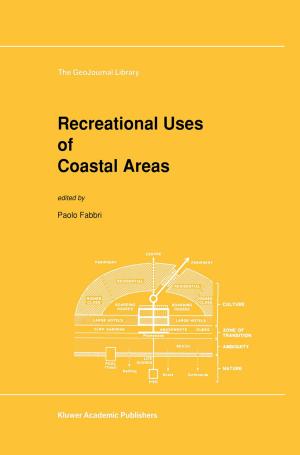The World's Most Eaten Table Fish: How to Catch it and How to Cook it
Nonfiction, Sports, Outdoors, Fishing, Science & Nature, Science, Biological Sciences, Environmental Science| Author: | C. Genevieve Coleman | ISBN: | 9781310824074 |
| Publisher: | C. Genevieve Coleman | Publication: | August 27, 2014 |
| Imprint: | Smashwords Edition | Language: | English |
| Author: | C. Genevieve Coleman |
| ISBN: | 9781310824074 |
| Publisher: | C. Genevieve Coleman |
| Publication: | August 27, 2014 |
| Imprint: | Smashwords Edition |
| Language: | English |
Carp are among the most abundant fish on the planet. Luckily for us they are also one of the most palatable. People from the English-speaking world would generally be surprised to discover that carp are the world's most beloved and eaten table fish, in many places more sought after than any other. An abundant species of fish that are not generally eaten is a problem when there are also so many people out there, even in rich countries, that cannot get enough good food to eat.
There are thus two reasons to eat carp. Firstly, they are a source of food for people who might not have enough to eat. Secondly, eating them will help to control their numbers when in many places they are present in sufficient numbers to become a pest.
n
This book outlines the reasons for fishing for carp, the gear and bait needed and simple rigs to help you catch your carp. After that cleaning, preparing and filleting the fish is covered and then finally some recipes and cooking hints to help you cook and enjoy your fish.
Carp are among the most abundant fish on the planet. Luckily for us they are also one of the most palatable. People from the English-speaking world would generally be surprised to discover that carp are the world's most beloved and eaten table fish, in many places more sought after than any other. An abundant species of fish that are not generally eaten is a problem when there are also so many people out there, even in rich countries, that cannot get enough good food to eat.
There are thus two reasons to eat carp. Firstly, they are a source of food for people who might not have enough to eat. Secondly, eating them will help to control their numbers when in many places they are present in sufficient numbers to become a pest.
n
This book outlines the reasons for fishing for carp, the gear and bait needed and simple rigs to help you catch your carp. After that cleaning, preparing and filleting the fish is covered and then finally some recipes and cooking hints to help you cook and enjoy your fish.















